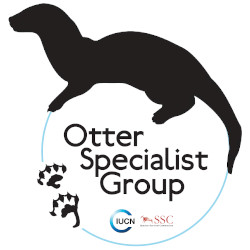Otter Mortality Web
The IUCN-SSC OSG Otter Mortality Web
A tool to help conservation by sharing information on how to reduce human-induced mortality on otter populations worldwide.
Reducing human-induced mortality is key to improving the survival of otter populations around the world, especially for those that are below carrying capacity. Reporting, collecting and analysing otters that are found dead is one of the ways in which we can help reduce this issue. Data on dead otters is valuable as it can give information on many aspects of otter biology, ecology and health status. Dead otter specimens are often preserved in institutions and they can be a source of samples for various types of analysis. A review presented at the European Otter Workshop in 2008 highlighted that, at least in Europe, there is a great variability both between and within countries in the way in which dead otters are reported, collected and examined. In order to raise awareness and improve recovery systems, during the 2008 EOW it was decided that a platform for storing and exchanging information was needed – this website is the result of such proposition.
What we need is:
-> information on how to report a dead otter, legislation and a list of websites for each country
-> examples of mitigation measures and a description of their outcome
-> a list of reports and papers on otter mortality
-> information on groups that are interested in otter mortality and/or that have otter specimens
If you can contribute to the Otter Mortality Web, please contact us
Causes
Mitigation
Post Mortem
Bibliography
Search by Country
Database

